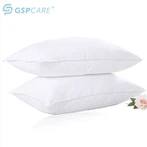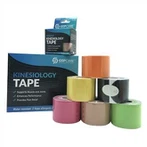PBT bandages, commonly referred to as conforming cohesive bandages, are versatile and widely used in medical applications. Their unique characteristics make them ideal for various scenarios, from sports injuries to post-surgical recovery. Whether you're dealing with swelling, wounds, or providing general support, PBT bandages are designed to conform perfectly to body contours and offer excellent functionality.
In this article, we'll explore how PBT bandages work, their unique features, and the specific benefits of the two main types: PBT bandages with glue and PBT bandages without glue.
What are PBT Bandages?
PBT bandages are a type of cohesive or conforming bandage made from a lightweight and elastic material. The primary characteristic of PBT is its ability to stretch and conform to the shape of the body, making it perfect for securing dressings, stabilizing joints, or reducing swelling.
The material is typically breathable and soft, ensuring comfort for the wearer while allowing airflow to the affected area, which promotes faster healing.
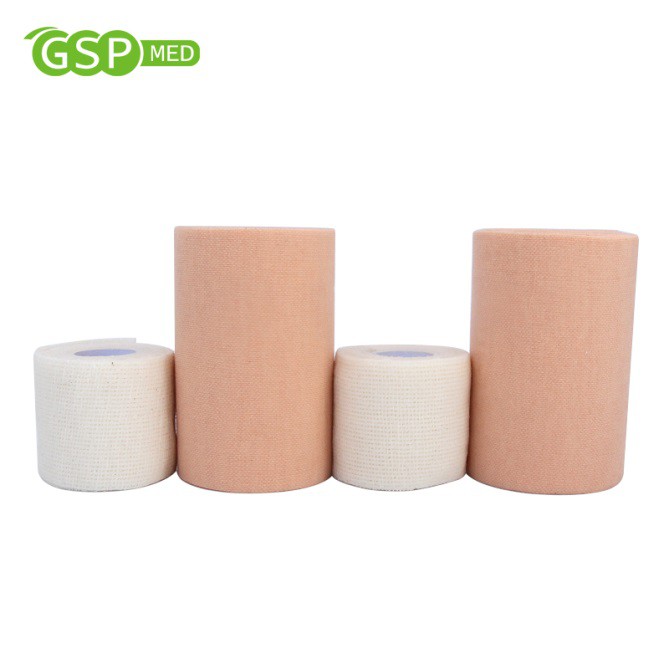
How Do PBT Bandages Work?
The effectiveness of PBT bandages lies in their conforming and cohesive properties. Let's break it down:
Elasticity and Conformity
PBT bandages are highly elastic, meaning they can stretch and adjust to the natural curves of the body. This feature is especially beneficial for areas that require flexibility, such as elbows, knees, or ankles. Once applied, the bandage stays in place, ensuring stability and comfort.
Cohesiveness
PBT bandages adhere to themselves rather than sticking to the skin, hair, or other surfaces. This self-adhesive property makes them easy to use, as they don't require additional fasteners like clips or tape. This is particularly useful in emergency situations or for quick applications.
Moisture and Air Permeability
Unlike traditional bandages, PBT bandages allow air and moisture to pass through. This breathability prevents skin maceration and creates an optimal environment for wound healing.
Two Types: With Glue and Without Glue
PBT Bandages with Glue: These bandages have an adhesive side for added stability. The glue ensures that the bandage stays firmly in place, making it ideal for active individuals or areas with frequent movement.
PBT Bandages Without Glue: These are self-adhesive and rely on their cohesive nature to stay in place. They are gentle on the skin, making them suitable for people with sensitive skin or for long-term use.
Applications of PBT Bandages
PBT bandages are versatile and can be used in various scenarios:
1. Sports Medicine
Athletes frequently use PBT bandages to manage injuries, reduce swelling, or stabilize joints. Their conforming nature ensures proper support without restricting movement, making them ideal for use during training or recovery.
2. Wound Care
PBT bandages are commonly used to secure dressings in place. Their breathability promotes faster healing while preventing the bandage from sticking to the wound.
3. Compression Therapy
PBT bandages are often applied to provide light compression, which is essential for reducing swelling, improving blood flow, or managing conditions like sprains and strains.
4. First Aid
In emergency situations, PBT bandages are a go-to choice for quickly stabilizing injuries, covering wounds, or immobilizing affected areas.
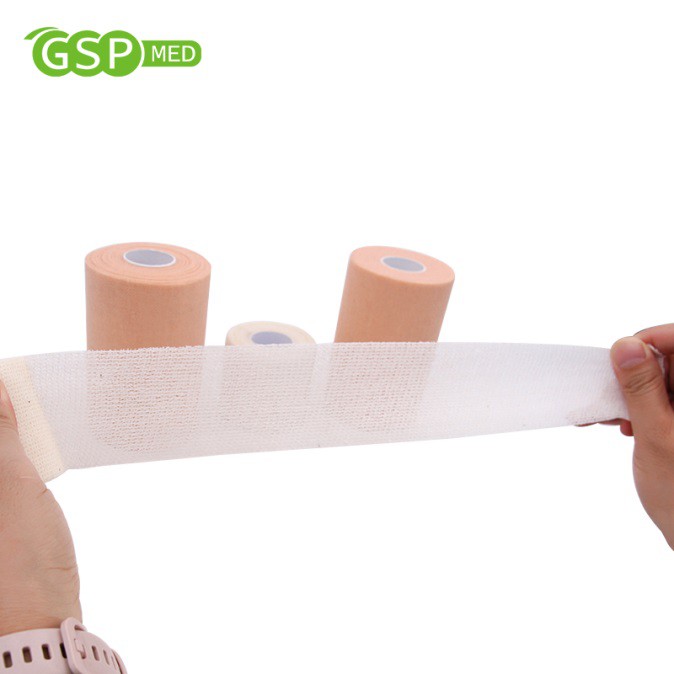
Features and Benefits of PBT Bandages
PBT bandages stand out from traditional bandages due to their unique features and benefits:
1. High Elasticity
PBT bandages can stretch significantly, allowing them to conform to even the most challenging body shapes and providing a secure fit.
2. Lightweight and Comfortable
Made from soft and breathable materials, these bandages ensure comfort even during extended use.
3. Self-Adhesive Nature
For PBT bandages without glue, the cohesive property makes application and removal simple and painless. They won't stick to hair or skin, making them ideal for sensitive areas.
4. Durable Adhesion
For PBT bandages with glue, the adhesive ensures that the bandage remains in place, even during rigorous activity or in high-motion areas.
5. Multipurpose Usage
Whether it's for medical, sports, or everyday first aid purposes, PBT bandages can handle a wide variety of needs.
6. Skin-Friendly
The material is hypoallergenic and breathable, minimizing the risk of skin irritation or discomfort during use.
How to Apply a PBT Bandage
Applying a PBT bandage is straightforward, but proper technique ensures maximum effectiveness:
Clean the Area
Before applying the bandage, clean the affected area to remove dirt or debris. This ensures better adhesion and reduces the risk of infection.
Wrap the Bandage
Start by anchoring the bandage at one end, then wrap it around the area, stretching it slightly to apply light compression. Avoid wrapping too tightly, as this can restrict circulation.
Secure the Bandage
For PBT bandages with glue, press the adhesive side firmly to secure it in place. For those without glue, ensure the cohesive layers stick to one another for a secure hold.
Check for Comfort
Ensure the bandage is snug but not too tight. You should be able to move the affected area comfortably without the bandage slipping or causing discomfort.
When to Use PBT Bandages
PBT bandages are suitable for a wide range of situations, including:
Minor sprains or strains
Post-surgical support
Securing dressings on wounds
Reducing swelling in injured areas
Stabilizing joints during physical activity
They are also a great addition to any first aid kit, providing a reliable and versatile solution for emergencies.
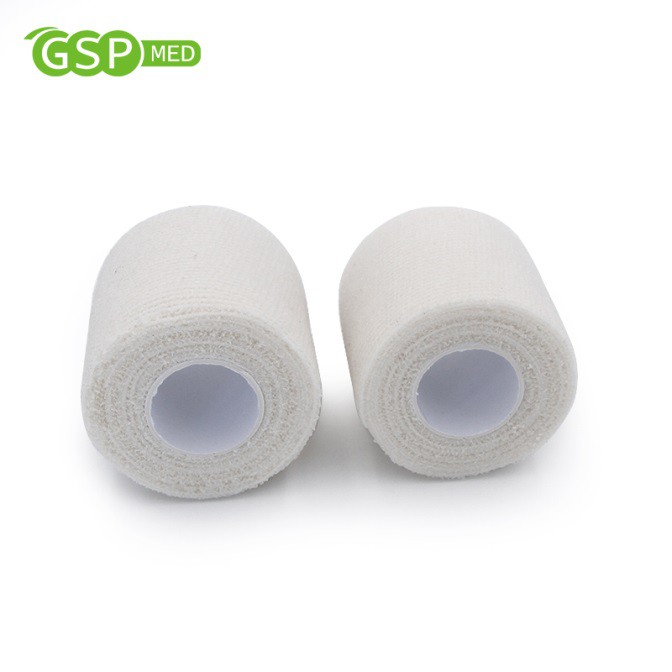
Conclusion
PBT bandages are a game-changer in the world of medical and sports care. With their elastic, cohesive, and skin-friendly properties, they provide an effective solution for securing dressings, managing injuries, and offering compression therapy. Whether you choose PBT bandages with glue for added stability or the self-adhesive variety for gentle support, these bandages cater to diverse needs with ease.
For athletes, medical professionals, or anyone looking for a reliable and comfortable bandage, PBT bandages offer the perfect blend of functionality and convenience. By understanding how these bandages work and their wide range of applications, you can make the most of their unique benefits for effective injury management and recovery.


